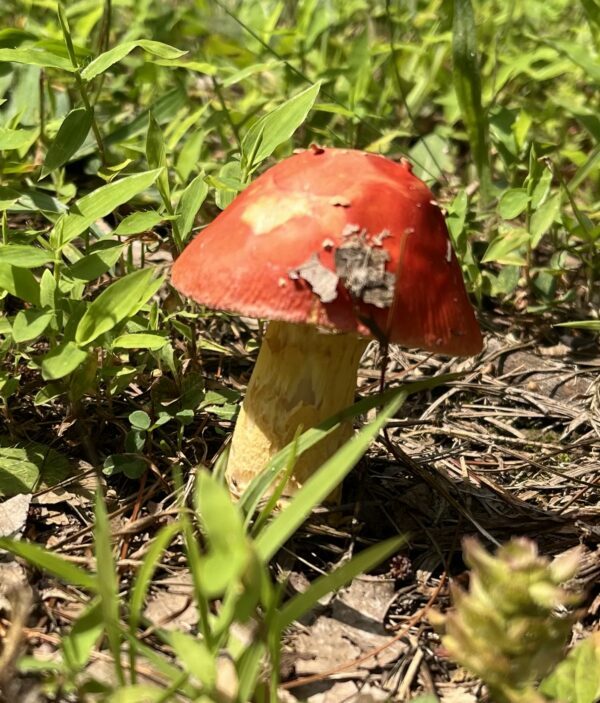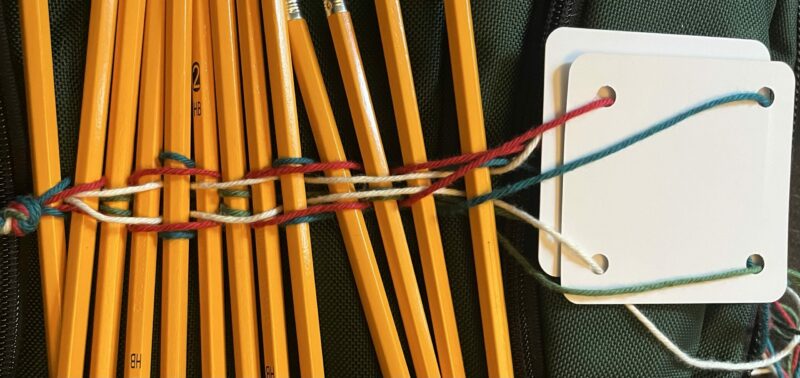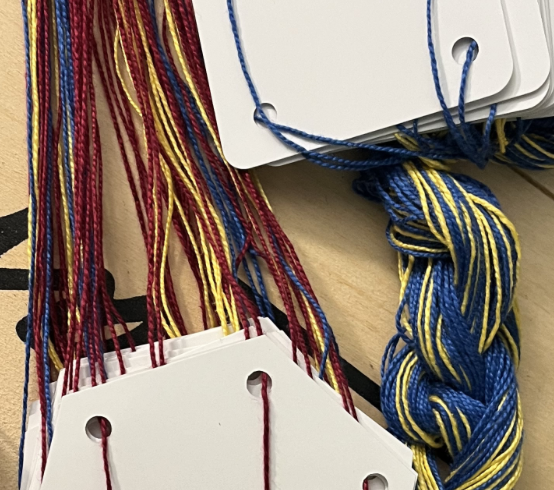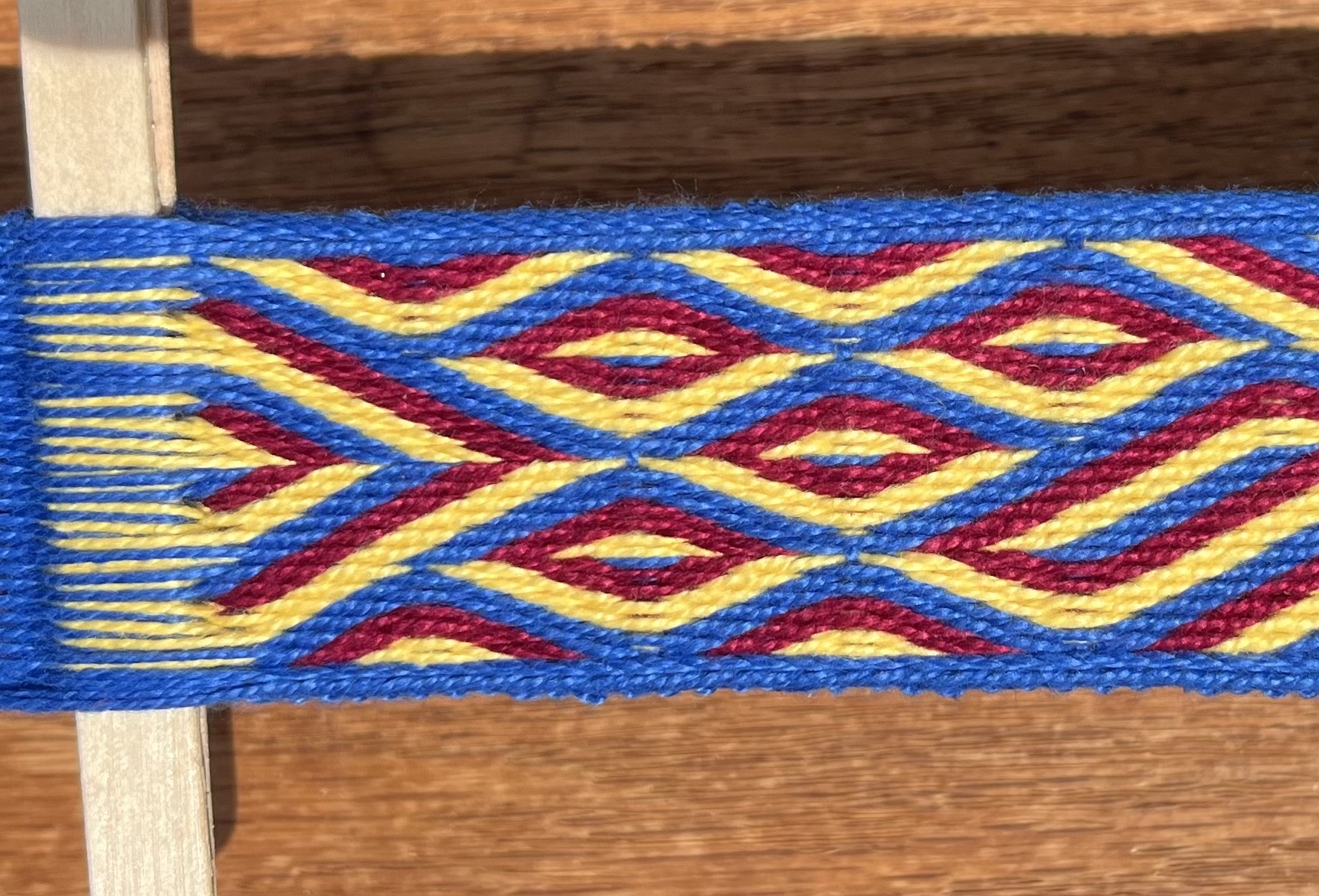I always thought those movie depictions of science labs with flasks full of colored liquids were pretty silly, but this is where I spent the evening:

I guess I need some flasks. And maybe a bunsen burner. Just for the effect, you know.
There’s an outside water faucet, a convenient table, and it doesn’t matter if I spill stuff. Morgan was quite dismayed that I spent the evening in his courtyard without him. The courtyard is entirely fenced, so he can go out without being out, a perfect situation for an agoraphobic house cat. But not with dyeing. After all, he’s solid black so the dye wouldn’t show, so what would be the point?
I worked out a set of samples to try, with different levels of single dyes, pairs, and trios in different ratios. The first batch was 28 samples. Because I was working with such small quantities of fiber (1 g), I diluted my stock solutions down again (10 mL of 1% stock to 90 mL of water) so that I could measure more easily. The samples were 2, 4 or 6% dye baths, with a squirt of citric acid solution (about a mL of 0.1% solution because it was a convenient amount), and enough water so that the fiber would move freely in the ziploc. Got lots of tiny, tiny samples? Ziplocs, of course!

Note: 28 samples is too many for my dyepot!

If you decide to use the ziploc method for dyeing many small batches, be careful! My pot got too hot, and some of the ziplocs leaked. The only sample that seems to have been contaminated was the 6% yellow. The rest seem to have leaked out rather than in. Somehow.
All 28:

Four different dyes, 2%, 4%, 6% – Jet Black, Brilliant Blue, Cherry Red, Sun Yellow.

Mixes of two dyes: 3/1, 2/2, 1/3:

Mixes of three dyes: 1/2/2 and last one is 2/2/2:

Adding small amounts of black to one of the three primaries 3/1:

Using up the extra dye:

Even my lowest-amount samples weren’t low enough (need new scale!), and some of the color mixing experiments were less than thrilling. Contamination from leaky ziplocs? Or true results?
What will the samples look like after they dry? How did the different fibers take up the dye? Did that silk blend look like crap? Tune in next time to find out!





